Flutter, an open-source UI software development toolkit, made its debut in 2017 as a creation of Google. The primary aim behind its development was to provide developers with a framework that could facilitate the building of natively compiled applications for mobile, web, and desktop platforms.
The journey of Flutter began with an alpha release in May 2017, followed by a beta release in February 2018. Developers and the tech community quickly recognized its potential, and it gained substantial attention for its unique approach to building user interfaces.
The first stable version of Flutter Framework was released in December 2018, marking a significant milestone. Since then, it has undergone numerous updates and improvements, solidifying its status as a robust toolkit for developers worldwide. The use of the Dart programming language, another creation of Google, as Flutter’s primary language has also contributed to its distinctive identity.

How flutter is working now?
Flutter has experienced continued growth and adoption. Its community has expanded, with developers actively contributing to its improvement. Notably, Flutter has extended its capabilities beyond mobile platforms, embracing web and desktop applications, making it a comprehensive solution for cross-platform development.
Flutter’s adaptability and versatility have led to its integration into various industries, including finance, healthcare, education, and more. Its ability to create consistent user experiences across different platforms has made it a favorite among developers seeking efficiency and scalability.
Why Developers Use Flutter?
Developers use Flutter for a variety of compelling reasons, making it a popular choice for building cross-platform applications. Here are some key reasons why developers opt for Flutter:
-
Cross-Platform Development:
One of the primary attractions of Flutter is its ability to enable cross-platform development. With Flutter, developers can write code once and deploy it on multiple platforms, such as Android, iOS, web, and desktop. This significantly reduces development time and effort compared to creating separate codebases for each platform.
Flutter’s “hot reload” feature is a game-changer for developers. This functionality allows developers to instantly see the impact of changes made to the code without restarting the entire application. It accelerates the development process, enabling quick experimentation, debugging, and iteration, leading to faster and more efficient development cycles.
Flutter provides a comprehensive set of customizable widgets that serve as the building blocks for constructing user interfaces. These widgets are designed to look and feel native on each platform, ensuring a consistent and polished user experience. Developers can easily customize these widgets to match the specific design requirements of their applications.
-
Strong Community Support:
Flutter boasts a vibrant and supportive community of developers. This community actively contributes to forums, open-source projects, and documentation. The collaborative environment fosters learning and problem-solving, making it easier for developers to find solutions to challenges they may encounter during the development process.
-
Access to Native Features:
Flutter provides seamless access to native device features and APIs. This means developers can leverage platform-specific functionalities easily, ensuring that Flutter applications can make the most of each platform’s capabilities. This is crucial for creating applications that feel native and take full advantage of the underlying platform.
Flutter compiles to native code, resulting in high performance across different platforms. Its layered architecture and the use of the Dart language contribute to the efficiency of the applications it produces. This performance is essential for delivering smooth and responsive user experiences.
Top Features of Flutter
Flutter has gained immense popularity and is considered one of the best frameworks for building cross-platform applications. Several factors contribute to Flutter’s appeal and make it stand out in the world of app development:
Single Codebase for Multiple Platforms:
Flutter allows developers to write code once and deploy it on various platforms, including Android, iOS, web, and desktop. This significantly reduces development time and effort compared to maintaining separate codebases for each platform.
Hot Reload Feature:
One of Flutter’s standout features is its hot reload capability. Developers can instantly view the effects of code changes without restarting the entire application. This promotes quick experimentation, debugging, and iterative development, enhancing overall productivity.
Rich Set of Customizable Widgets:
Flutter provides a comprehensive set of customizable widgets that facilitate the creation of visually appealing and responsive user interfaces. These widgets are designed to look and feel native on each platform, contributing to a consistent user experience.
Strong Performance:
Flutter compiles to native ARM code, resulting in high performance across different platforms. Its layered architecture and use of the Dart language contribute to the efficiency of the applications it produces, ensuring smooth and responsive user experiences.
Expressive and Concise UI:
Flutter’s expressive UI allows developers to create flexible and complex interfaces with ease. The framework provides a rich set of design elements and animation options, enabling developers to craft engaging and dynamic user experiences.
Access to Native Features:
Flutter allows seamless access to native device features and APIs, enabling developers to integrate platform-specific functionalities easily. This ensures that Flutter applications can make the most of each platform’s capabilities.
Flutter for the Web:
Flutter’s expansion to web development allows developers to use the same codebase for both mobile and web applications. This unified approach simplifies maintenance and updates, providing a consistent experience across different platforms.
Strong Community Support:
Flutter has a vibrant and supportive community of developers worldwide. The community actively contributes to forums, open-source projects, and documentation, fostering collaboration and providing resources for learning and problem-solving.
Dart Programming Language:
Flutter uses Dart as its programming language, which is known for its simplicity and efficiency. Dart compiles to native code and offers features like ahead-of-time (AOT) compilation, contributing to the performance of Flutter applications.
Adoption by Industry Leaders:
Flutter has been adopted by major industry players, indicating its credibility and suitability for a wide range of applications. Companies such as Google, Alibaba, and Tencent have utilized Flutter for their projects.
Growing Ecosystem:
Flutter’s ecosystem is continuously expanding with a growing number of packages and plugins available through Dart’s package manager, Pub. This makes it easier for developers to integrate additional functionalities into their applications.
Flutter for the Web
Flutter’s expansion to web development has been a game-changer. With the same codebase used for mobile apps, developers can now create high-quality, responsive web applications. This unified approach simplifies maintenance and updates, as changes made to the code reflect across both mobile and web platforms.
Customizable Widgets
Flutter’s widget system allows developers to create highly customizable UI components. From buttons to complex layouts, these widgets empower developers to craft visually appealing and functional interfaces tailored to their app’s needs.
Access to Native Features
Flutter provides seamless access to native device features and APIs, allowing developers to integrate platform-specific functionalities easily. This ensures that Flutter applications can make the most of each platform’s capabilities.
Strong Performance
Flutter compiles to native code, resulting in high performance across different platforms. Its layered architecture and use of the Dart language contribute to the efficiency of the applications it produces.
Cost to Build a Flutter Web App
The cost of building a Flutter web app depends on various factors, including the complexity of the project, the features required, and the development team’s hourly rates. However, Flutter’s advantage lies in its ability to reduce costs compared to developing separate codebases for different platforms.
Time Efficiency
The development time for a Flutter web app is significantly reduced due to the shared codebase and the hot reload feature. This efficiency translates to lower labor costs and faster time-to-market.
Maintenance Costs
Maintaining a single codebase is more cost-effective than managing multiple codebases for different platforms. Any updates or bug fixes can be implemented universally, saving both time and resources.
Community and Resources
The strong Flutter community ensures that developers have access to a wealth of resources, including documentation, tutorials, and open-source packages. This accessibility contributes to efficient problem-solving and lowers the overall development and maintenance costs.
In conclusion, Flutter has emerged as a powerful and versatile framework for web app development. Its history, cross-platform capabilities, rich feature set, and cost-efficiency make it an appealing choice for developers looking to create modern and responsive web applications. As Flutter continues to evolve, it is likely to remain a frontrunner in the world of cross-platform development.
The post A Complete Guide to Building a Web App Using Flutter appeared first on .
Tags:
- Flutter App Development
- Software Development Company
- flutter app development
- flutter application
- flutter development
- flutter framework
- flutter mobile app
- flutter mobile app development
- flutter web app
- flutter web app development

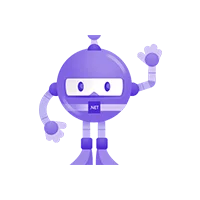 .NET MAUI Development
.NET MAUI Development
 Xamarin Application Development
Xamarin Application Development
 React Native App Development
React Native App Development
 iOS Application Development
iOS Application Development
 Android Application Development
Android Application Development
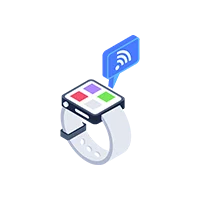 Android Wear App Development
Android Wear App Development
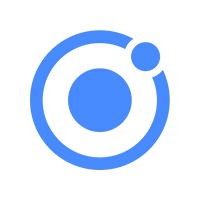 Ionic Development
Ionic Development
 iBeacon Application Development
iBeacon Application Development
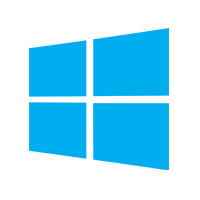 Universal Windows Platform (UWP)
Universal Windows Platform (UWP)
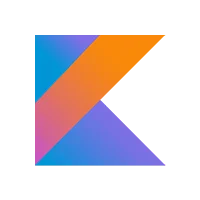 Kotlin Application Development
Kotlin Application Development
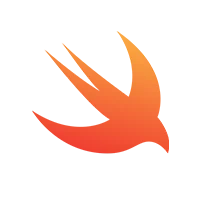 Swift Application Development
Swift Application Development
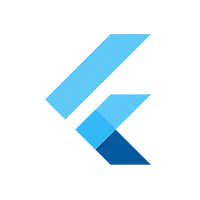 Flutter Application Development
Flutter Application Development
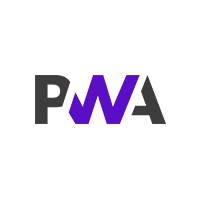 PWA Application Development
PWA Application Development
 Offshore Software Development
Offshore Software Development
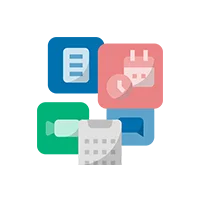 Custom Application Development
Custom Application Development
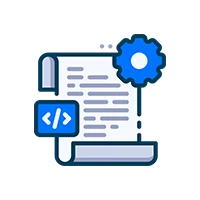 Front-End Development
Front-End Development
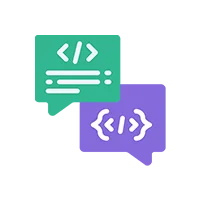 Full Stack Development
Full Stack Development
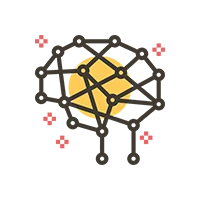 AI & Machine Learning
AI & Machine Learning
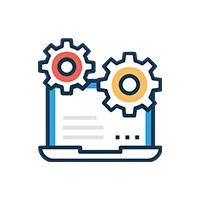 Custom CRM Solutions
Custom CRM Solutions
 Flask Software Development
Flask Software Development
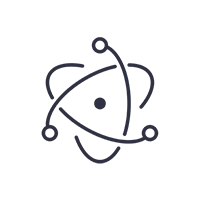 Electron JS Development
Electron JS Development
 ChatGPT Development
ChatGPT Development
Telemedicine App Development
Build Smart Telemedicine Platform
Beauty & Salon App Solutions
Hire Workato Experts
Workato Consulting & Support
 .NET Application Development
.NET Application Development
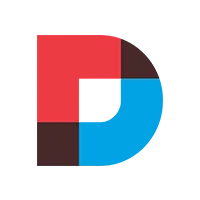 .NET Nuke Development
.NET Nuke Development
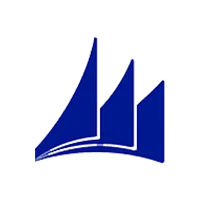 Microsoft Dynamics CRM
Microsoft Dynamics CRM
 Microsoft Small Business Solution
Microsoft Small Business Solution
 VB .NET Development
VB .NET Development
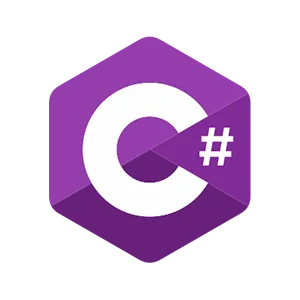 C# Development
C# Development
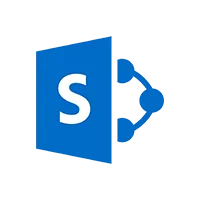 Sharepoint Migration
Sharepoint Migration
 Sharepoint Development
Sharepoint Development
 ASP.NET Core Development
ASP.NET Core Development
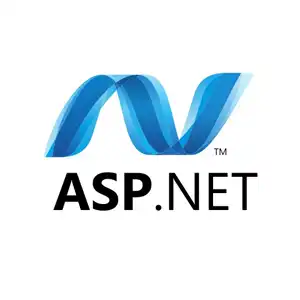 ASP.NET Development
ASP.NET Development
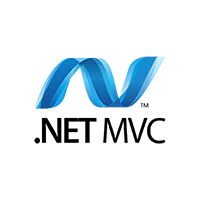 ASP.NET MVC Development
ASP.NET MVC Development
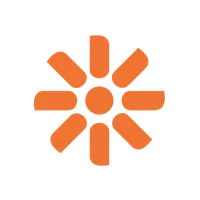 Kentico CMS
Kentico CMS
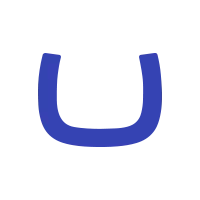 Umbraco CMS
Umbraco CMS
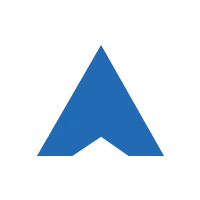 AJAX Development
AJAX Development
 Agile Development
Agile Development
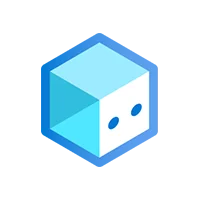 Microsoft Bot
Microsoft Bot
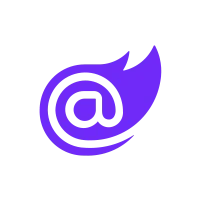 Microsoft Blazor
Microsoft Blazor
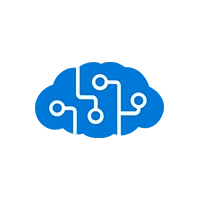 Microsoft Azure Cognitive
Microsoft Azure Cognitive

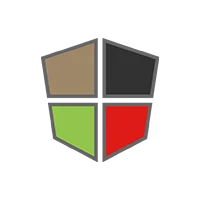 Mean Stack Development
Mean Stack Development
 Vue JS Development
Vue JS Development
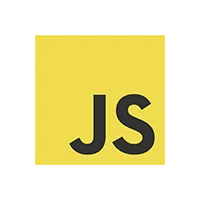 Javascript Development
Javascript Development
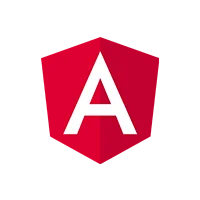 Angular JS Development
Angular JS Development
 Next JS development
Next JS development
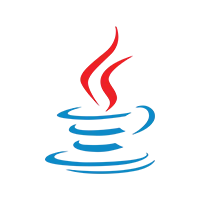 Java Development
Java Development
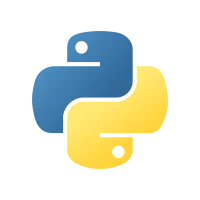 Python Development
Python Development
 Django Development
Django Development
 Cherrypy Development
Cherrypy Development
 NodeJS Development
NodeJS Development
 Laravel Development
Laravel Development
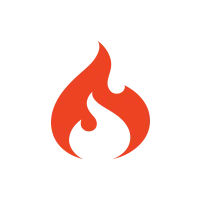 CodeIgniter Development
CodeIgniter Development
 Zend Development
Zend Development
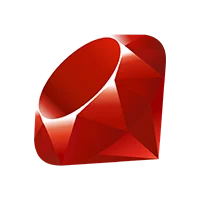 Ruby on Rails Development
Ruby on Rails Development
 CakePHP Development
CakePHP Development
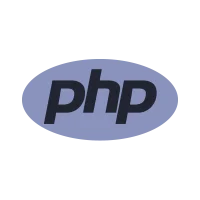 PHP Website Development
PHP Website Development
 Symfony Development
Symfony Development
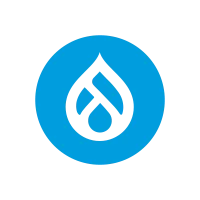 Drupal Development
Drupal Development
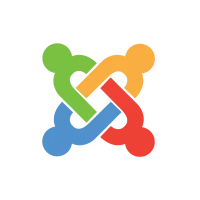 Joomla Development
Joomla Development
 Wordpress Development
Wordpress Development
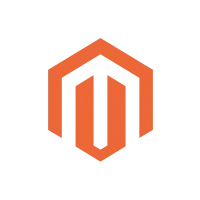 Magento Development
Magento Development
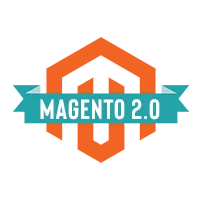 Magento 2.0 Development
Magento 2.0 Development
 Magento Enterprise
Magento Enterprise
 Shopping Cart Development
Shopping Cart Development
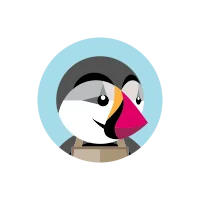 Prestashop Development
Prestashop Development
 Shopify Development
Shopify Development
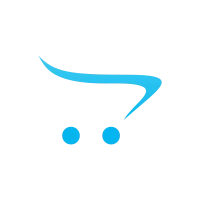 Open Cart Development
Open Cart Development
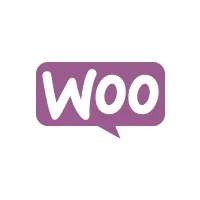 WooCommerce Development
WooCommerce Development
 BigCommerce Development
BigCommerce Development
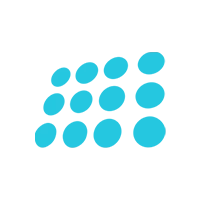 NopCommerce Development
NopCommerce Development
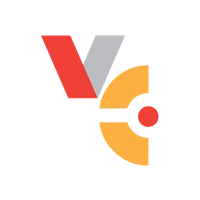 Virto Commerce Development
Virto Commerce Development
 AspDotNetStorefront Development
AspDotNetStorefront Development
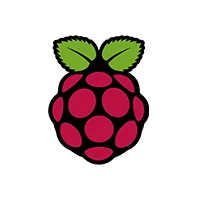 RaspBerry Pi
RaspBerry Pi
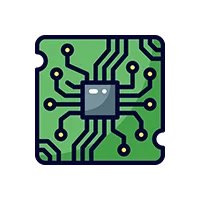 Firmware Software Development
Firmware Software Development
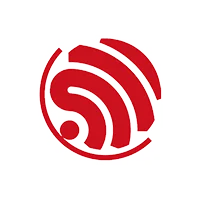 ESP 32 Software Development
ESP 32 Software Development
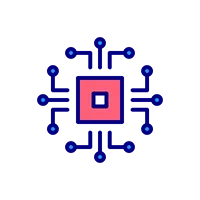 Embedded Development
Embedded Development
 Internet of Things
Internet of Things
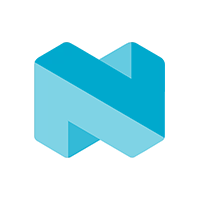 Nordic Development
Nordic Development
 HTML 5
HTML 5
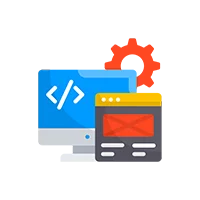 UI/UX Design
UI/UX Design
 Graphic Design
Graphic Design
 Adobe Photoshop
Adobe Photoshop
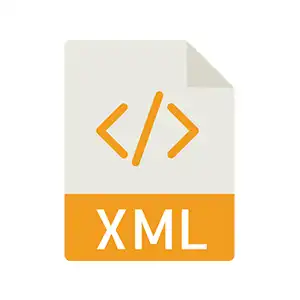 XML Application Development
XML Application Development
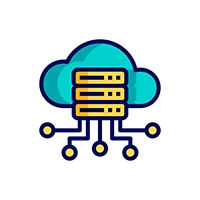 Cloud Computing Solutions
Cloud Computing Solutions
 Azure Cloud App Development
Azure Cloud App Development
 AWS Development
AWS Development
 Google Cloud Development
Google Cloud Development
 SQL Programming Development
SQL Programming Development
 MySQL Development
MySQL Development
 MongoDB Development
MongoDB Development
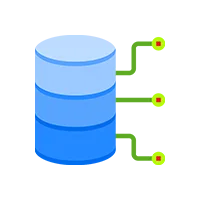 Big Data
Big Data
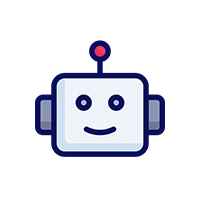 Robotic Process Automation
Robotic Process Automation
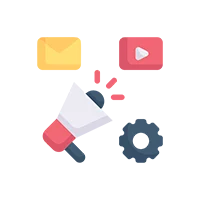 Social Media Marketing
Social Media Marketing
 Search Engine Optimization
Search Engine Optimization
 QA Testing
QA Testing
 Software Testing
Software Testing
 Software Security
Software Security
 Maintenance And Support
Maintenance And Support
 I.T. Consulting Services
I.T. Consulting Services
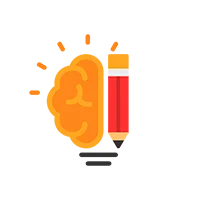 Business Intelligence
Business Intelligence
 YII Development
YII Development
 Data Analysis
Data Analysis
 Alexa Skills Development
Alexa Skills Development
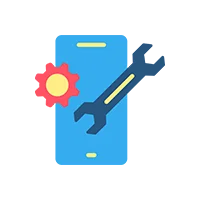 On Demand App for Mobile repairing services
On Demand App for Mobile repairing services
 On Demand App for Car Service Booking
On Demand App for Car Service Booking
 On Demand App for Cleaning Services
On Demand App for Cleaning Services
 On Demand App for Pharmacy
On Demand App for Pharmacy
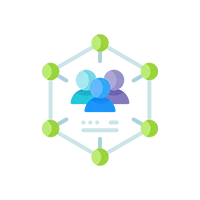 On Demand Dedicated Developers
On Demand Dedicated Developers


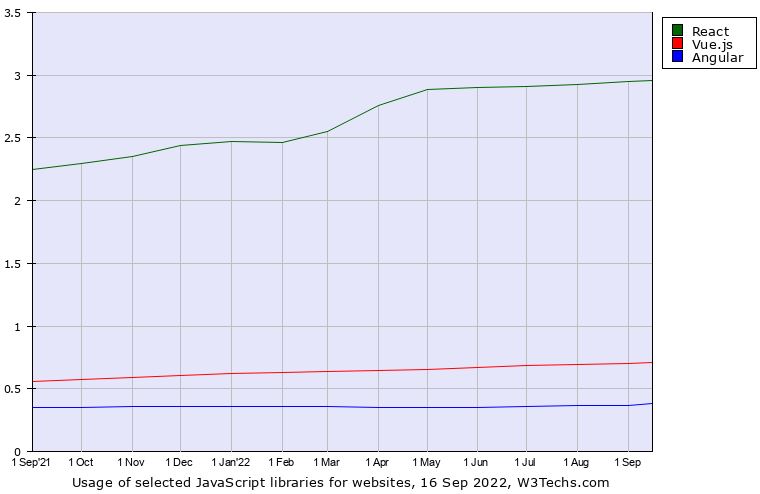





Leave a Reply